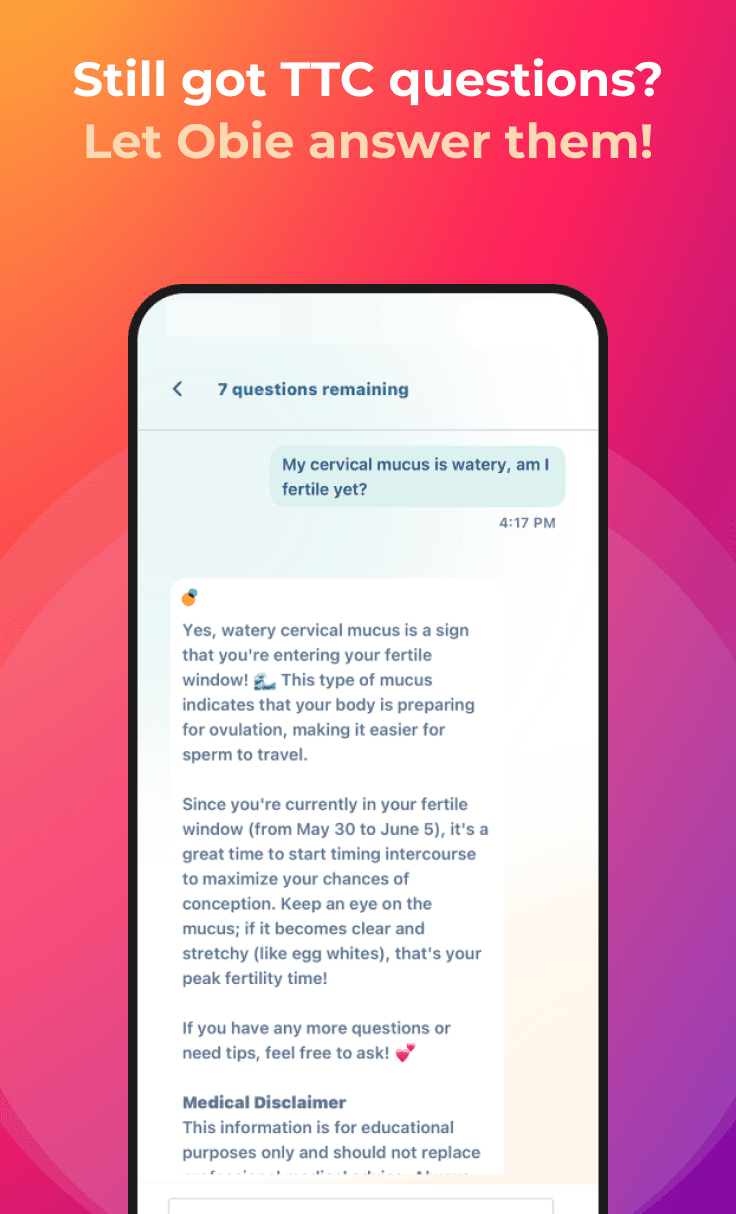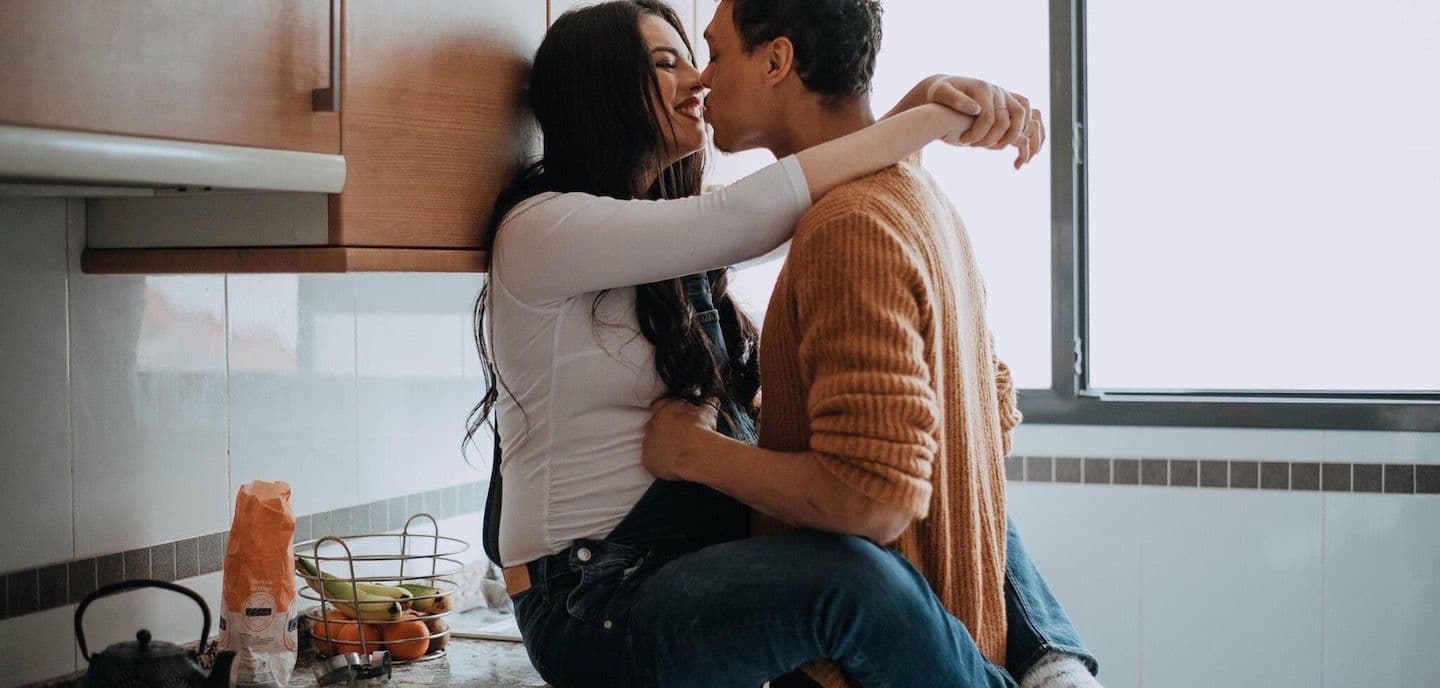Pelvic Girdle Pain
Pregnancy Symptoms
Obie Editorial Team
 The pelvic girdle is made up of the pelvis and lower back bones, joints and muscles. With a growing baby in your abdomen there is little doubt that you will, at some point during the pregnancy, experience pain in the pelvic girdle. Unlike most pregnancy pains, pelvic girdle pain is not necessarily associated with hormonal increases.
The pelvic girdle is made up of the pelvis and lower back bones, joints and muscles. With a growing baby in your abdomen there is little doubt that you will, at some point during the pregnancy, experience pain in the pelvic girdle. Unlike most pregnancy pains, pelvic girdle pain is not necessarily associated with hormonal increases.Causes of Pelvic Girdle Pain
The growing baby inside your uterus is the main cause of pelvic girdle pain. With a growing uterus, placenta and fluid in the amniotic sac – not to mention the weight of baby – pressure placed on the bones in the pelvis girdle can lead to generalized pain and discomfort in the lower half of the body. At times, this pain may be severe.
Important Facts About Pelvic Girdle Pain
Pelvic girdle pain is common as your baby grows during pregnancy. The pain source is hard to pinpoint for some women, and with the pain level ranging from mild to severe it is important to keep track of the pain later in the pregnancy. When labor begins, it may feel a bit like pelvic girdle pains with the addition of cramping and pressure.
Treatment for Pelvic Girdle Pain
In order to lessen pelvis girdle pain, you you need to take the pressure off the pelvis girdle by supporting your baby. You can do this in many ways. Sitting down often and trying not to stand for long periods of time is a great first step. Tummy slings can also be used to help move the pressure of baby off of the lower back. Lying down can often relieve pressure on the top of the pelvis, but pelvic girdle pain may persist if your baby then presses on the side of the pelvic girdle.








